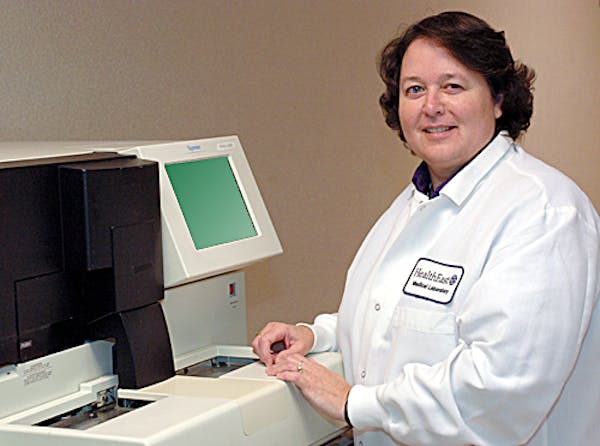Q: What's a typical workday like for you?
A: My day is split between being a technologist and a clinic coordinator. I have early morning appointments for bone density scans, many with organ transplant patients who take immunosuppressants that keep their bodies from rejecting the organs but also make their bones fragile. I also schedule patients, prepare their charts, measure their vital signs, give them instructions and prepare bone density reports for physicians.
Q: How does your role fit into the bigger healthcare picture?
A: One in two women and one in four men over age 50 will have an osteoporosis-related fracture in their remaining lifetime, according to the National Osteoporosis Foundation. By performing scans and educating patients about supplemental calcium intake, exercise and diet, I do my part in the prevention of fractures and osteoporosis.
Q: Who do you interact with during the course of the day?
A: I interact with patients, providers, nurses and other healthcare professionals, including physicians outside the hospital. Patients can range from 10-year-olds with growth hormone deficiency to 90-year-olds. The largest group of patients is postmenopausal women, who are at greatest risk for bone loss.
Q: Why did you become a radiologic technologist?
A: I was a volunteer firefighter and emergency medical technician for 17 years, and that work piqued my interest in a healthcare career. I also enjoy technology and wanted the challenge of keeping up with technological changes. I received my degree from Century College, where I now teach bone densitometry.
Q: What do you like about your work?
A: I like the patient contact. I literally meet between five to 20 new people a day. I also like the fact that I'm more involved with the patient care than other technologists because of the education aspect of my job. Bone densitometrists also do public education at health fairs and other public gatherings, and I enjoy that.
Nancy Crotti is a freelance writer who lives in St. Paul.

Drone footage shows Ukrainian village battered to ruins as residents flee Russian advance
In heated western Minn. GOP congressional primary, outsiders challenging incumbent

Minnesota Sports Hall of Fame: A class-by-class list of all members

